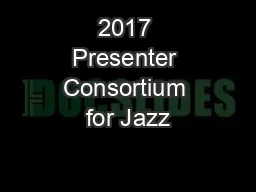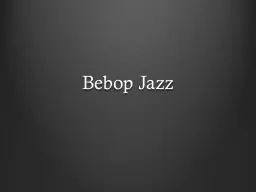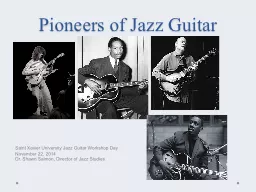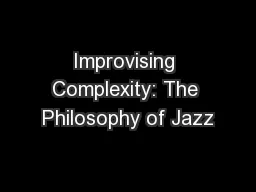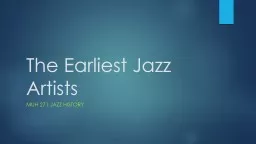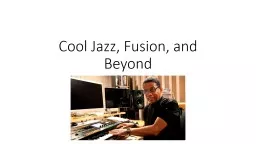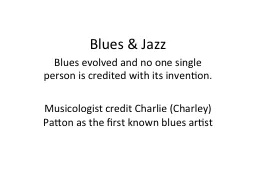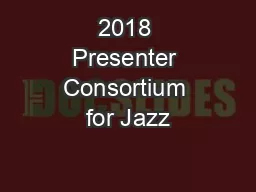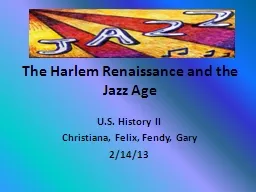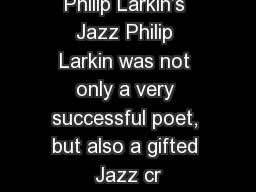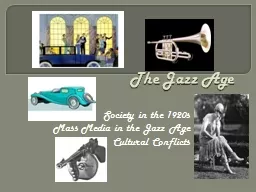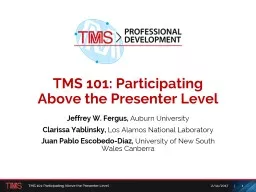PPT-2017 Presenter Consortium for Jazz
Author : calandra-battersby | Published Date : 2017-06-21
Deadline October 30 2016 Midnight ET Notification December 2016 Made possible through the generosity of the Doris Duke Charitable Foundation consortiums of three
Presentation Embed Code
Download Presentation
Download Presentation The PPT/PDF document "2017 Presenter Consortium for Jazz" is the property of its rightful owner. Permission is granted to download and print the materials on this website for personal, non-commercial use only, and to display it on your personal computer provided you do not modify the materials and that you retain all copyright notices contained in the materials. By downloading content from our website, you accept the terms of this agreement.
2017 Presenter Consortium for Jazz: Transcript
Download Rules Of Document
"2017 Presenter Consortium for Jazz"The content belongs to its owner. You may download and print it for personal use, without modification, and keep all copyright notices. By downloading, you agree to these terms.
Related Documents

